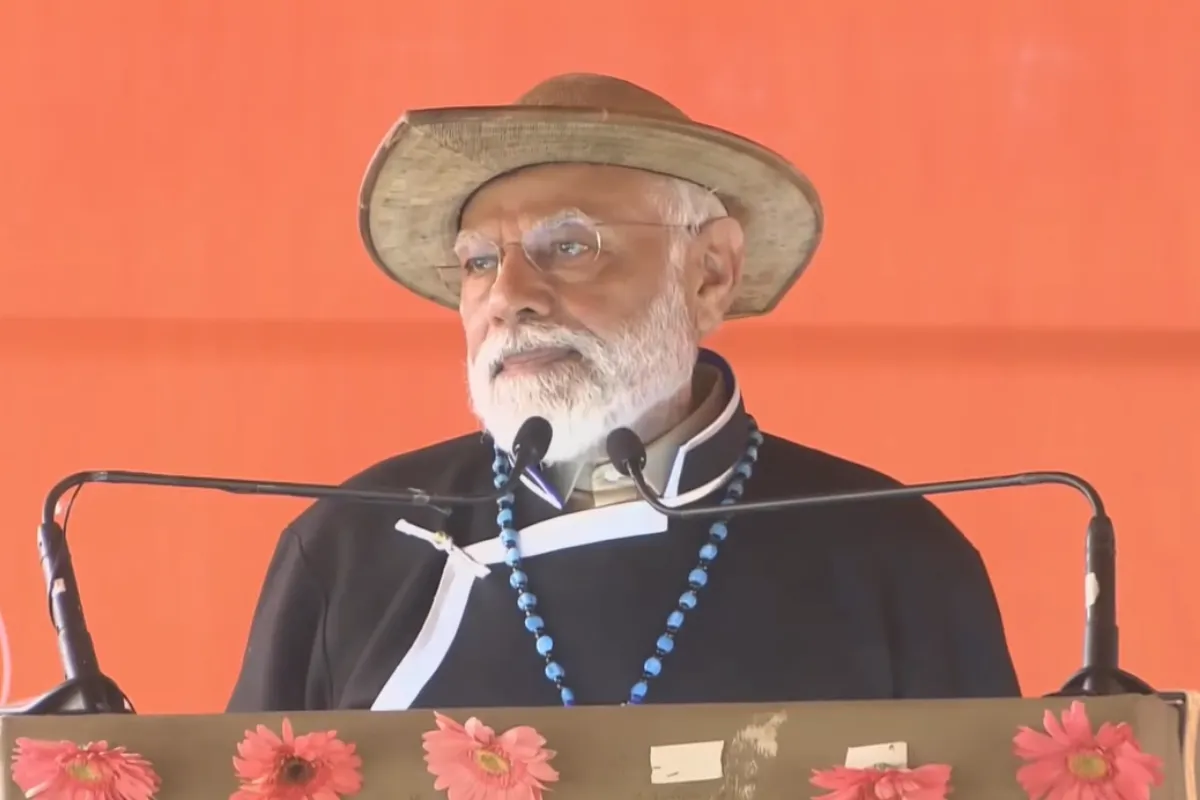China Controversial Map: On Monday, the Chinese government unveiled its most recent map which incorporates Arunachal Pradesh and Aksai Chin as integral parts of its territory. China’s Ministry of Natural Resources introduced this map as part of the observance of Surveying and Mapping Publicity Day and the National Mapping Awareness Publicity Week.
China releases controversial map
The map designates Arunachal Pradesh within the region referred to as South Tibet by China. Aksai Chin, which China took control of during the 1962 Indo-Sino conflict, is also depicted as part of China’s territory. Chinese government-affiliated source Global Times shared the updated map on X, the platform formerly known as Twitter. The accompanying statement by Global Times conveyed that the map’s creation adhered to China’s boundary-drawing methodology, incorporating national borders of China and various other countries globally.
This development has emerged just a few weeks before the upcoming Group of 20 (G20) Summit, slated to take place in Delhi from September 8th to 10th. The summit, a significant multilateral gathering, will be graced by the presence of world leaders including US President Joe Biden, Chinese President Xi Jinping, Turkish President Recep Tayyip Erdogan, and various other international dignitaries.
The updated map additionally encompasses the island of Taiwan and the contentious South China Sea within China’s territorial depiction. This map incorporates China’s assertion of control over the nine-dash line, affirming its claim to a substantial portion of the South China Sea. Furthermore, the map asserts that Taiwan is an inseparable part of China’s mainland, aligning with a key goal articulated by Chinese President Xi Jinping. Notably, countries including Brunei, Malaysia, the Philippines, Taiwan, and Vietnam hold counterclaims to various areas within the South China Sea.
See China’s controversial map here
Nevertheless, this isn’t the first instance of China asserting territorial rights over portions of Arunachal Pradesh, designating these areas as constituents of what it terms as Greater Tibet. Earlier in April this year, Beijing undertook a process of “renaming,” applying new names to 11 Indian sites encompassing mountain peaks, rivers, and residential zones. Similar incidents of name changes by China’s Civil Affairs Ministry involving Indian locales transpired in both 2017 and 2021. Subsequently, the Indian capital, New Delhi, voiced concerns over China’s apparent expansionist ambitions.
Keep watching our YouTube Channel ‘DNP INDIA’. Also, please subscribe and follow us on FACEBOOK, INSTAGRAM, and TWITTER.












